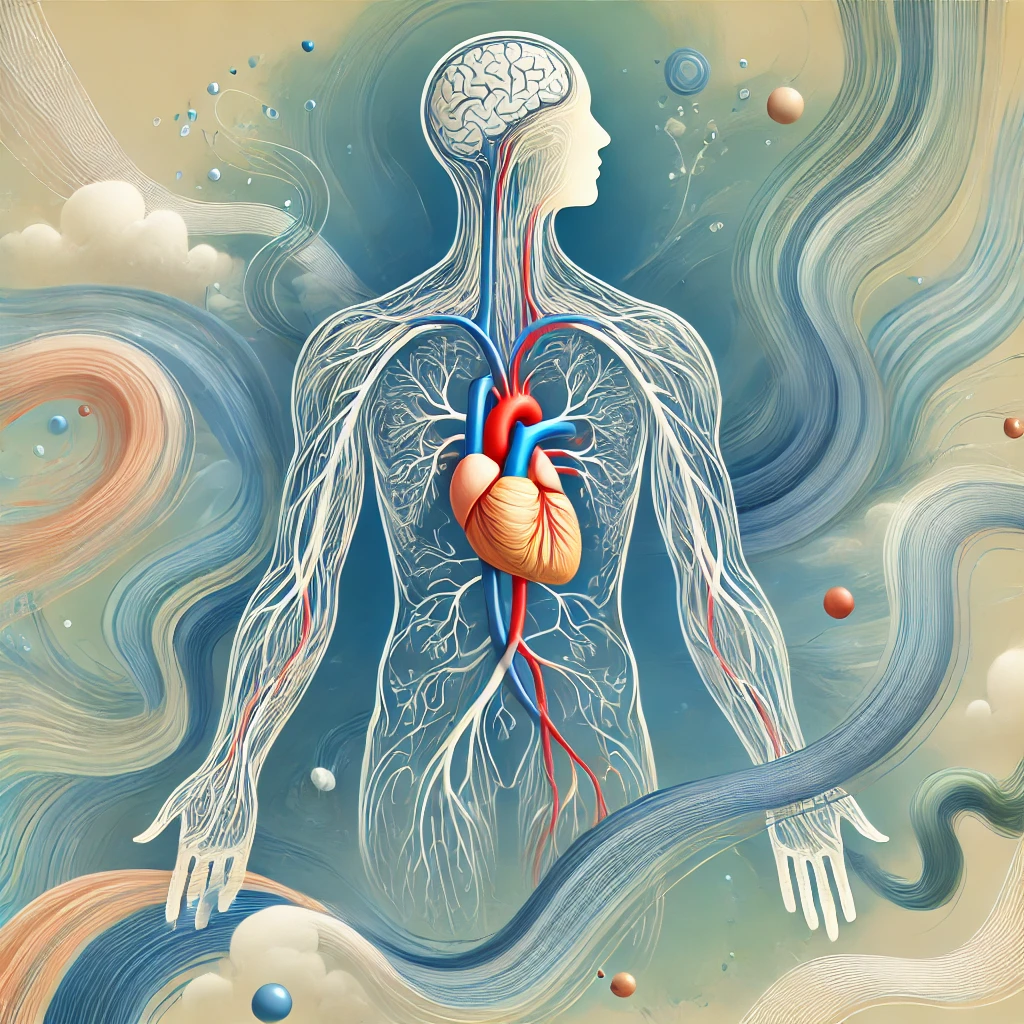What is the Parasympathetic Nervous System?
Have you ever wondered why your body feels so relaxed after a good meal or a soothing meditation session? The answer lies in the fascinating workings of the parasympathetic nervous system (PNS). This crucial part of your nervous system helps your body rest, digest, and recover, playing a vital role in your overall well-being.
The nervous system is an intricate network that governs everything from our heartbeat to our ability to move and think. It is divided into two main parts: the central nervous system (CNS), comprising the brain and spinal cord, and the peripheral nervous system (PNS), which connects the CNS to the rest of the body. The peripheral nervous system itself is further divided into the somatic nervous system, responsible for voluntary movements, and the autonomic nervous system (ANS), which controls involuntary functions like heartbeat and digestion.
Within the autonomic nervous system, there are two key players: the sympathetic nervous system (SNS) and the parasympathetic nervous system (PNS). While the SNS prepares the body for intense physical activity—commonly referred to as the “fight or flight” response—the PNS is all about promoting relaxation and recovery, aptly nicknamed the “rest and digest” system. Understanding the PNS is essential for maintaining overall health, as it not only supports physical functions but also has a profound impact on mental health by reducing stress and promoting a sense of calm.
What is the Parasympathetic Nervous System?
The parasympathetic nervous system (PNS) is a subdivision of the autonomic nervous system (ANS). The ANS regulates involuntary bodily functions, such as heart rate, digestion, respiratory rate, and pupillary response. The PNS specifically is tasked with conserving energy and promoting a state of rest and digest.
The PNS operates through a series of cranial and sacral nerves. The most significant of these is the vagus nerve, which extends from the brainstem to the abdomen, influencing various organs including the heart, lungs, and digestive tract. Activation of the PNS results in a slowed heart rate, increased digestive activity, and enhanced glandular secretions, all of which contribute to a state of relaxation and recovery.
Role as Part of the Autonomic Nervous System (ANS)
The autonomic nervous system (ANS) functions as the body’s control system for involuntary activities. It maintains homeostasis by regulating critical physiological processes. The PNS and SNS work in tandem to create a balanced state. When the SNS is activated, it prepares the body to handle stress or danger by accelerating the heart rate, dilating pupils, and inhibiting digestion. Conversely, the PNS works to counterbalance these effects by slowing the heart rate, constricting pupils, and stimulating digestive processes.
Differences Between the Sympathetic and Parasympathetic Nervous Systems
The sympathetic nervous system (SNS) and parasympathetic nervous system (PNS) have contrasting functions but are complementary in maintaining the body’s internal balance. The SNS is responsible for the “fight or flight” response, which is activated during stressful situations. This response increases heart rate, redirects blood flow to muscles, and releases adrenaline to prepare the body for immediate physical action.
In contrast, the PNS promotes the “rest and digest” state, which is crucial for conserving energy and facilitating bodily maintenance. When the PNS is activated, the heart rate slows, digestion is stimulated, and the body enters a state of relaxation. This division of labor ensures that the body can respond appropriately to varying demands and maintain long-term health and stability.
Practical Examples
For instance, imagine you are giving a presentation. Your SNS kicks in, increasing your heart rate and sharpening your focus to help you perform under pressure. After the presentation, as you sit down to enjoy a meal, your PNS takes over, slowing your heart rate and directing energy towards digestion, allowing your body to recover and rejuvenate.
Importance of Understanding the PNS
Understanding the PNS is vital for several reasons. First, it highlights the body’s natural mechanisms for achieving balance and promoting health. Recognizing the signs of PNS activation, such as a calm heart rate and improved digestion, can help individuals manage stress more effectively. Additionally, knowing how to stimulate the PNS through activities like deep breathing, meditation, and yoga can enhance both physical and mental health, leading to a more balanced and fulfilling life.


Leave a Reply